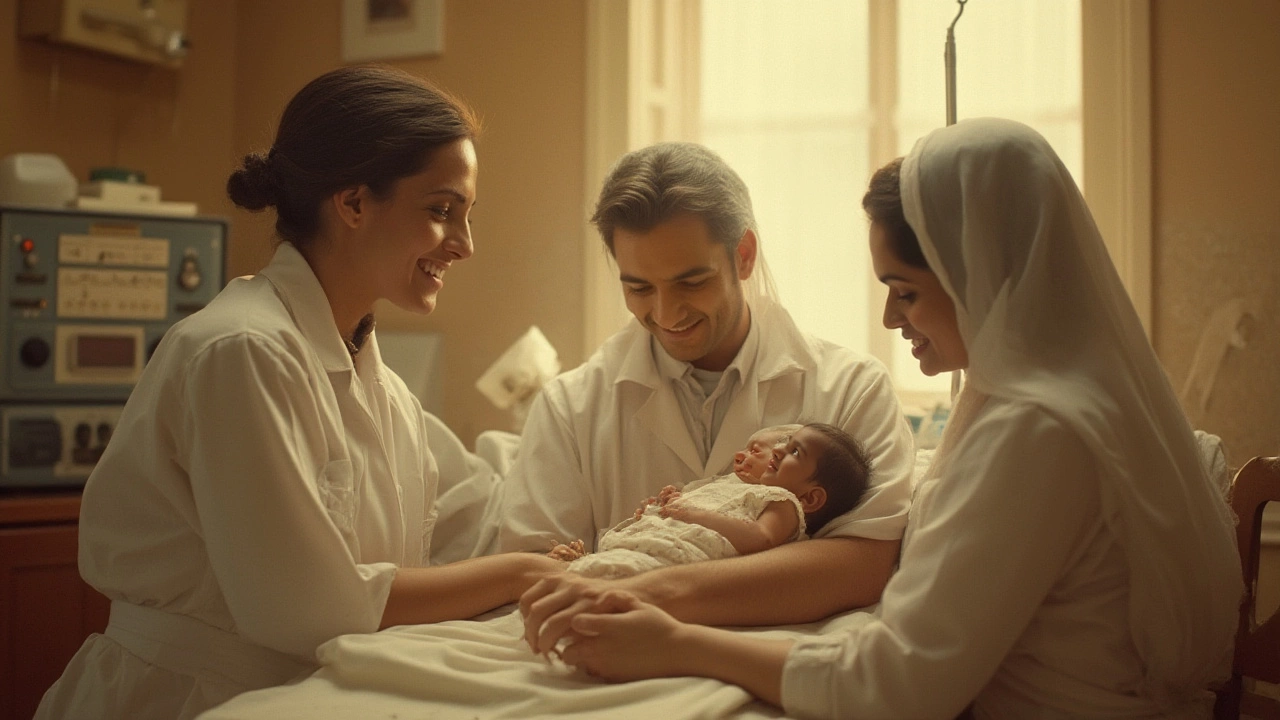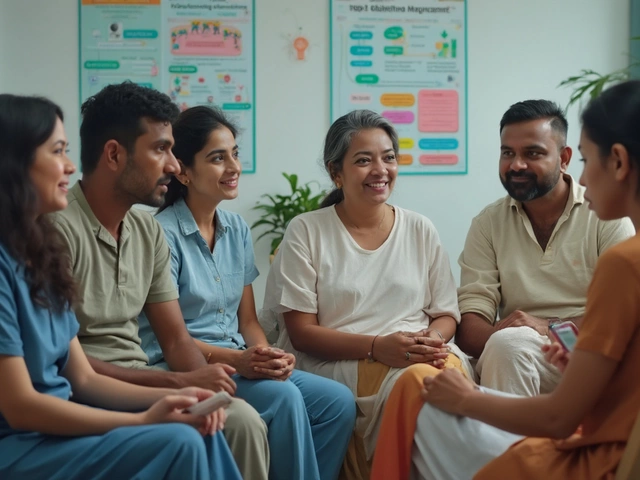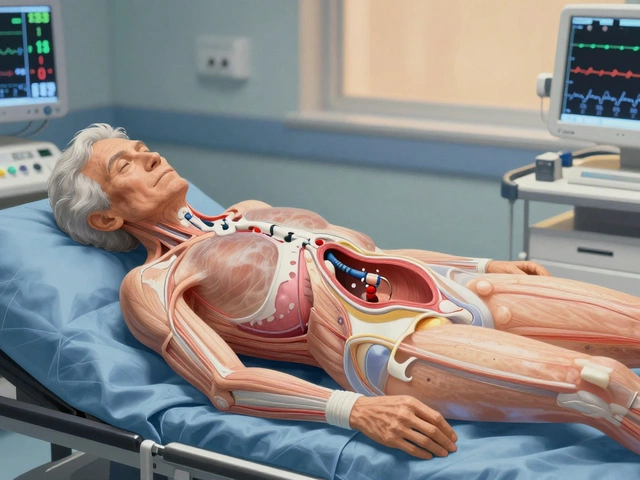July 25, 1978. That’s the day a single birth changed how people think about creating life. A five-pound baby girl, born in England, became a global sensation—not because of who her parents were, but because of how she was conceived. Her name? Louise Brown. If you search for the “most famous IVF baby,” her name keeps popping up. The story of Louise Brown isn’t just about headlines or photographs—it’s about the hopes, doubts, and possibilities that swirled around her birth. Why did this one child become a symbol? How did she launch a new era for millions of families grappling with infertility?
The Birth of Louise Brown: The World’s First IVF Baby
Back in the 1970s, IVF was science fiction for most people. Infertility meant heartbreak and disappointment, especially for couples who tried everything but kept failing. Doctors were still experimenting and failing in their own right. In a small town in England, Lesley and John Brown faced years of childlessness. They volunteered to try something radical: in vitro fertilization. “In vitro” literally means “in glass,” and this method grows eggs and sperm together in a lab dish before placing the embryo back in the mother’s womb.
Louise Brown was born at Oldham General Hospital, delivered by cesarean section at 11:47 p.m. Today, she’s known worldwide as the first person ever born after conception outside the human body. The medical team—Dr. Robert Edwards, Dr. Patrick Steptoe, and embryologist Jean Purdy—spent nearly a decade ironing out the flaws. These scientists had to fight laws, face angry protestors, and answer haunting ethical questions just to get funding and see it through. But their efforts paid off, and Louise’s birth made headlines in over 67 countries on the very next day.
Louise wasn’t a medical anomaly—she was healthy, happy, and looked just like any other newborn. But for hopeful parents everywhere, she brought real proof that science could beat infertility. Stats show that, before 1978, there were zero successful IVF babies. After Louise, that number shot up, with more than 10 million IVF babies born worldwide by 2024. Talk about a snowball effect.
The Anatomy of IVF: How Does the Process Work?
The science behind IVF sounds complicated, but it boils down to a few steps. If you’re picturing test tubes, gleaming labs, and medical miracles, you’re not too far off. IVF kicks off with a round of fertility drugs that help the woman produce multiple eggs. Why multiple? Because more eggs raise the odds of success—fertility isn’t always predictable.
Once the eggs are ready, doctors retrieve them with a simple procedure that’s much safer now than it was back in Louise’s day. In a lab, these eggs meet sperm—usually the partner’s, but sometimes a donor’s. From here, lab technicians carefully watch as embryos develop, often using time-lapse imaging to pick the healthiest one. The final step is transferring one or more embryos back into the uterus. It sounds easy, but every stage is delicate. Things like embryo quality, maternal age, and overall health play huge roles. Louder than ever, the process puts women’s bodies through a lot: hormone shots, frequent scans, and a rollercoaster of hope and anxiety.
Success rates have improved dramatically. Back when Louise was born, the odds of a live birth were less than 5%. According to the International Committee Monitoring Assisted Reproductive Technologies (ICMART), the average IVF success rate is now about 40% for women under 35. That number drops as age climbs—one reason couples are urged not to delay treatment too long. Clinics worldwide now rely on advanced techniques, from preimplantation genetic testing (PGT) to frozen embryo transfers, to boost success and reduce risks.
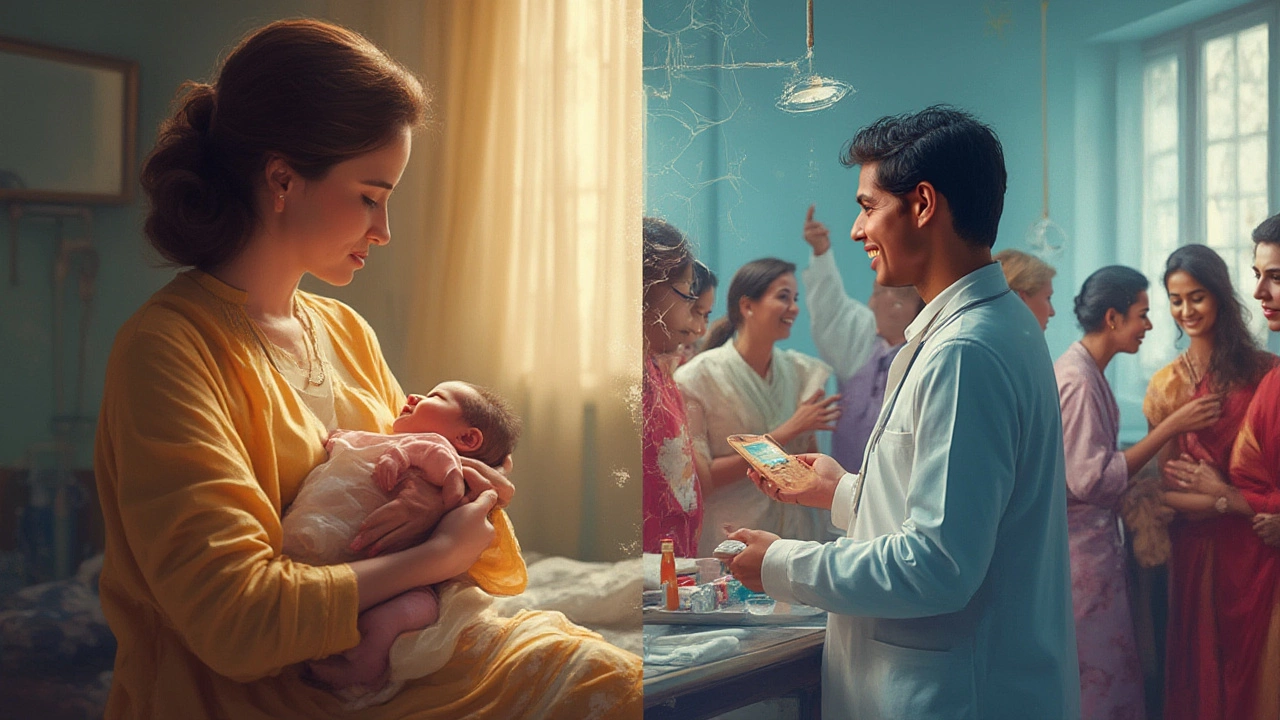
Famous IVF Babies Around the World
Louise Brown will always hold the title of “first,” but she’s not alone in the spotlight. Many public figures and celebrities have been outspoken about their IVF journeys—helping take away the shame and mystery. For example, in India, Kanupriya Agarwal was born in Kolkata in 1978, just months after Louise, and is often called “Durga,” the country’s first test-tube baby. Her birth, led by Dr. Subhas Mukherjee, was a landmark moment for Indian medicine, although his achievements only got recognized officially many years later.
Here’s a quick look at some notable IVF babies across the globe:
| Name | Year | Country | Notes |
|---|---|---|---|
| Louise Brown | 1978 | UK | World’s first IVF baby |
| Kanupriya Agarwal | 1978 | India | First Indian IVF baby |
| Candice Reed | 1980 | Australia | First Australian IVF baby |
| Amanda Jayne Folwell | 1978 | UK | Second UK IVF baby |
| Elizabeth Jordan Carr | 1981 | USA | First US IVF baby |
Celebrities like Priyanka Chopra, Shahrukh Khan, and Farah Khan have openly spoken about using assisted reproductive technologies, further pushing IVF into the mainstream conversation in India and abroad. Yet, Louise Brown’s name pops up again and again, not just because she was first, but because her birth sparked a different conversation around the world.
Impact of IVF on Modern Fertility: From Taboo to Acceptance
When Louise Brown was born, debates about IVF raged everywhere—from newspaper columns to parliament floors and even the local chai shop. Some called her a miracle, others whispered about “unnatural” science meddling with life. Fast-forward to now, and IVF clinics are as common in cities like Bangalore as coffee shops. The stigma isn’t gone, but it’s faded. India performs more than 250,000 IVF cycles each year, with metro cities like Delhi, Mumbai, Bangalore, and Chennai leading the pack. China, the US, and many European countries see even bigger numbers.
The need is real. WHO reports that one in six people worldwide faces infertility at some point—so demand isn’t likely to slow down. IVF technology keeps evolving fast: egg freezing, donor eggs, surrogacy, and even gene editing are now part of fertility clinics’ toolkits. Couples don’t feel pressured to hide their struggles. Instead, online support groups, forums, and workshops offer advice, hope, and comfort when things don’t work out the first time. The emotional ride—hope, fear, frustration, joy—remains the same, but Louise Brown’s example keeps reminding people that the “impossible” can sometimes happen.
Louise has even spoken publicly about her role in destigmatizing IVF. She has two healthy children of her own—both conceived naturally—and says she’s living proof that IVF kids are just like everyone else. More than four decades later, her story still carries hope for every family sitting anxiously in a waiting room.
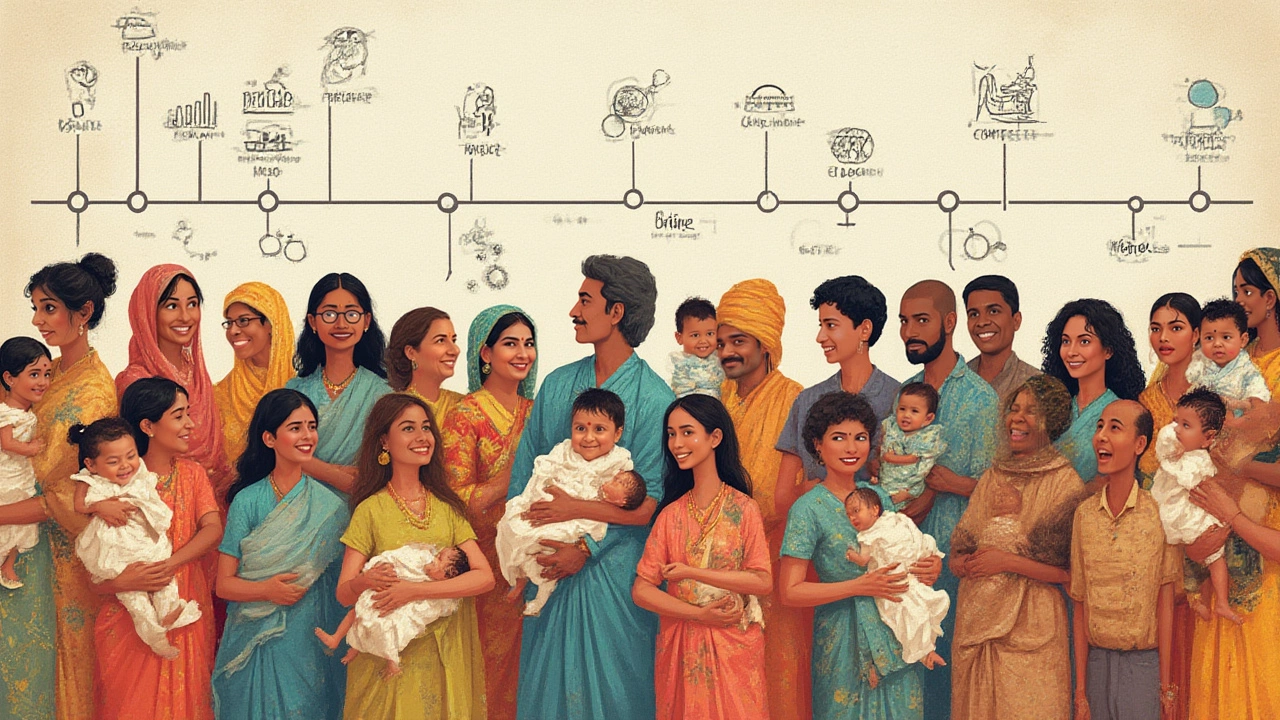
Tips and Advice for Those Considering IVF
If you’re thinking about IVF, you’re not alone. But walking into a clinic for the first time can feel intimidating. Let’s run through some tips that can help you navigate the journey.
- Talk openly: Don’t bottle up questions or fears. Medical teams, friends, and online communities can be huge sources of support.
- Do your homework: Research clinics’ success rates, especially for your age group. Ask about staff experience, lab facilities, and support services.
- Prepare for ups and downs: IVF can take a toll emotionally and physically. Be kind to yourself and your partner. Some cycles don’t work; sometimes it takes several rounds.
- Look at the fine print: Costs can add up. In India, most cycles cost Rs 1.5-2.5 lakh or more. Make sure you get a detailed breakdown and check for insurance coverage.
- Have patience: The waiting period for results can feel endless. Distractions help. Try hobbies, walks, or spending time with people who lift your spirits.
- Seek counseling if needed: Many clinics offer fertility counseling. Talking it through might make the process less stressful.
- Remember you’re not alone: Statistics say over 10 million babies have been born via IVF globally. Every path is unique, so compare less and share more with people you trust.
Louise Brown’s story didn’t erase the challenges of infertility, but it gave millions a reason to hope. Each little step forward in IVF science opens new possibilities for people everywhere. It’s wild to think that a single baby in 1978 turned “science fiction” into a normal part of family dreams. For many, hearing about Louise isn’t just a fact from a biology textbook—it’s real proof that even the longest odds can sometimes be beaten.
